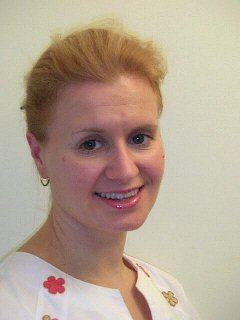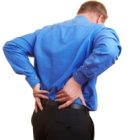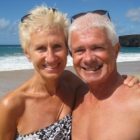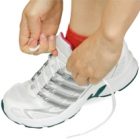Natasha Peachey BSc (Hons) Osteopathy
Registered with the General Osteopathic Council

Natasha has been working since 1994 firstly as a Sports Massage Therapist and since 2002 as a Registered Osteopath. She completed 4 years full-time training at the British School of Osteopathy (now University College of Osteopathy) and, as part of an Osteopath’s registration, continues to undertake various post-graduate courses, including paediatics, to keep her skills up-to-date. She uses both musculoskeletal (general) and cranial osteopathy and is trained in the use of therapeutic ultrasound and medical acupuncture. She has acknowledged expertise in treating a wide scope of general conditions and considers the whole patient, not just the presenting complaint in her treatment. She also lectured in anatomy at the Edinburgh branch of the Scottish Massage Schools for 16 years. She is registered with the General Osteopathic Council and is member of the Institute of Osteopathy and The Sutherland Society. She also runs Osteopathic Studies Scotland which provides postgraduate courses in Scotland.
Maëlle Guennec MOst
Registered with the General Osteopathic Council

Graduating from the European School of Osteopathy with a Masters in Osteopathy, Maelle completed 4 years of in depth training covering all aspects of osteopathy. She is fortunate to have received training in a wide range of traditional skills and uses musculoskeletal, cranial and visceral techniques, as well as gaining postgraduate skills in medical acupuncture. She, like all osteopaths, takes a whole body approach to healthcare and her patient, and is particular interested in the areas of women’s health, children, sporting injuries and headaches. She continues her training by attending various courses to complete her required continual professional development. She has also shadowed a team of physiotherapists for 6 weeks in a rehabilitation department within a French hospital.
TRAINING, REGISTRATION AND PATIENT PROTECTION

A Registered Osteopath will have undergone a demanding 4-year training involving in-depth study of anatomy, physiology, pathology, neurology, biomechanics and clinical methods, as well as extensive practical skills. Osteopathy is the first complementary healthcare profession to gain full statutory recognition under The Osteopaths Act (1993) which in turn led to the formation of the General Osteopathic Council (GOsC) and Register of Osteopaths. Only practitioners who have shown they are competent and safe to practice are allowed on the Register. This affords the general public the same level of protection as when visiting a GP or Dentist. In addition to this to fulfill the GOsC’s registration criteria Osteopaths must undertake ongoing postgraduate studies (Continual Professional Development).
JENNIFER MACDONALD BSc (Hons) POD MChS RGN
Registered Podiatrist with the Health Professions Council
Registered Nurse

Jennifer is a Registered Nurse and has over 15 years working within a wide variety of disciplines. She undertook her honours degree in Podiatry at Queen Margaret University in 2006 is now a Registered Podiatrist with the Health and Care and Professions Council. She is also a member of The Royal College of Podiatry (formerly known as the Society of Chiropodists and Podiatrists). Based in Edinburgh Jennifer brings her wealth of clinical experience to the practice providing comprehensive and effective treatment for all your foot conditions.
TRAINING, REGISTRATION AND PATIENT PROTECTION

The profession of Podiatry is now fully regulated to protect the general public ensuring they are treated by fully qualified practitioners, and the titles ‘Podiatrist’and ‘Chiropodist’ are protected by law. Anyone who uses these titles must be registered with the Health and Care Professions Council (HCPC). The Royal College of Podiatry (formerly known as the Society of Chiropodists and Podiatrists} is the leading body for HCPC Registered Chiropodists and Podiatrists, and it represents about 18,000 practising members. Podiatrists undergo a rigorous 3-4 year undergraduate training, but carrying on learning with compulsory Continual Professional Development throughout their working careers to ensure they are up-to-date with current treatment techniques.








